The Centenary of the Assumptionist Presence in Brussels
The Arrival of the Assumptionists in Brussels
From the end of the 19th century, the Assumptionists considered establishing themselves in Belgium. The political climate in France was becoming very unfavorable to the Church and, in particular, to religious institutes. Under the leadership of Father Picard, the first successor of Father d’Alzon, founder of the Congregation of the Augustinians of the Assumption (Assumptionists), a first religious house—a minor seminary—was opened in 1891 in Taintignies, near Tournai, in Hainaut.
A ruling dissolving the Assumption in France in January 1900 accelerated the movement. Communities were established in Bure, Leuven, Zepperen, and Sart-les-Moines, among others. All these foundations were focused on education and the formation of young religious.
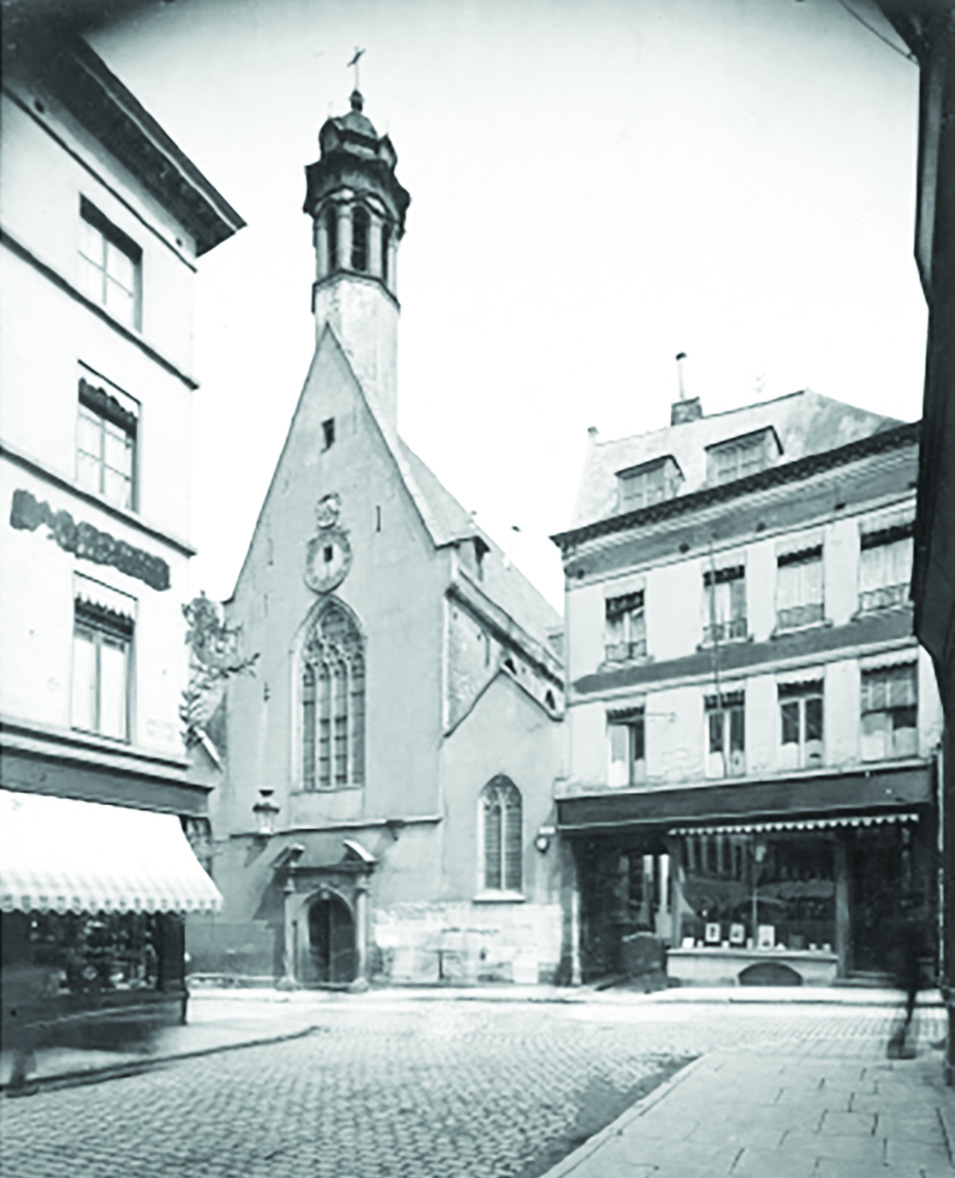
In 1923, a congregation chapter carried out a major reorganization, during which a Belgian-Dutch province was created. In November 1924, the first provincial superior, Father Remy Kokel, settled in Brussels, first in the convent (now disappeared) adjacent to the Church of Sainte-Marie-Madeleine, then in a house on Rue Duquesnoy, which quickly became the center of various apostolic works.
At the same time, other Assumptionist communities established themselves in Belgium, notably the one that served the parish of Notre-Dame de l’Assomption in Woluwe-Saint-Lambert.
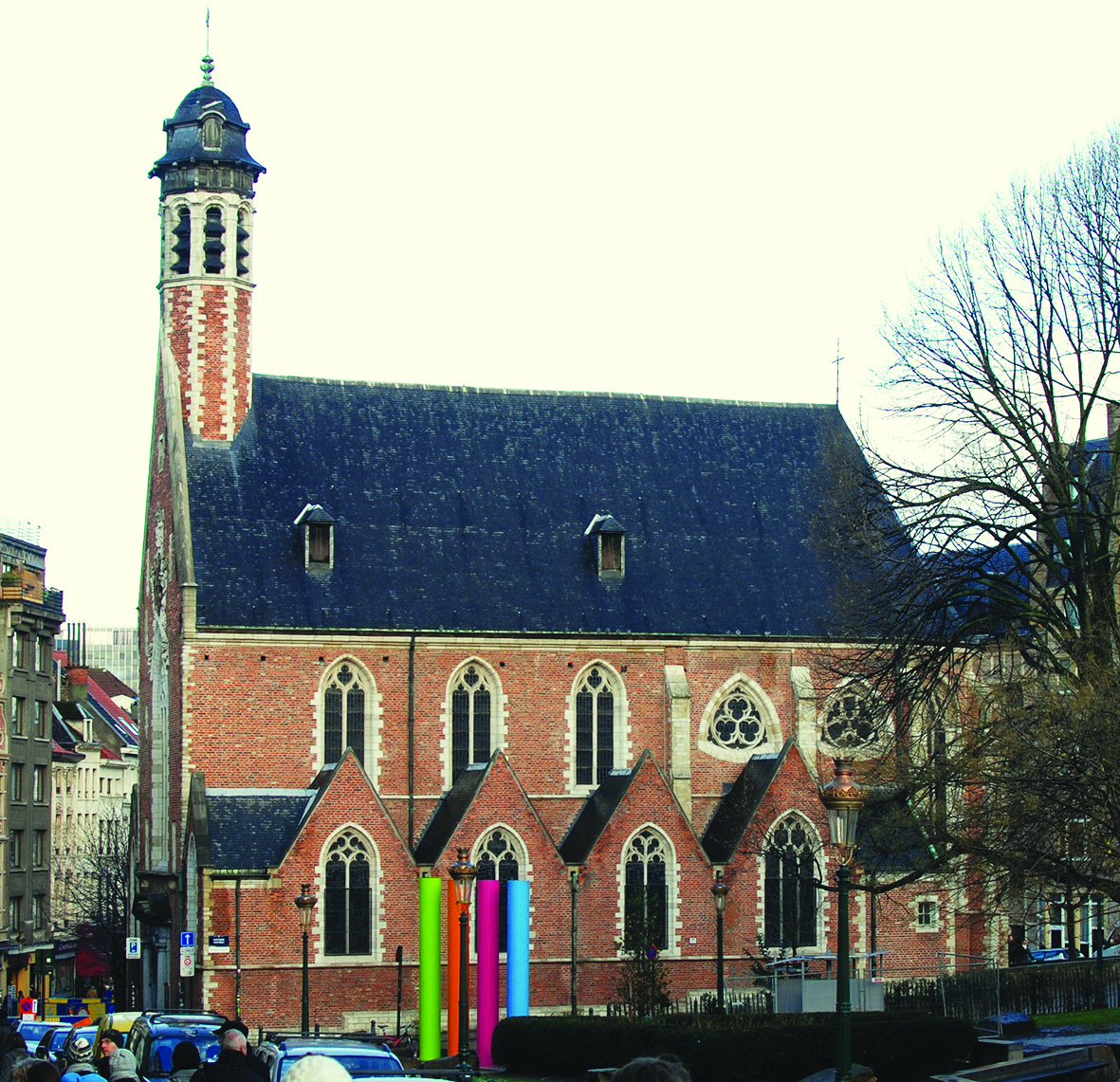
Assumptionists in Woluwe-Saint-Lambert
In the early years of the 20th century, Woluwe-Saint-Lambert, a suburb on the eastern edge of Brussels, still had a rural character. But from the 1920s onward, urbanization progressed. A new neighborhood was being built in the area known as Kapelleveld. Cardinal Mercier, Archbishop of Mechelen-Brussels, initiated the creation of a new parish to serve this district and entrusted its care to the Assumptionists.
By Christmas 1924, Father Louis-Antoine Verhaegen regularly conducted religious services in the chapel of Marie-la-Misérable, and in February 1925, the parish was canonically established under the patronage of Notre-Dame de l’Assomption. Very quickly, the chapel could no longer accommodate the faithful, and the construction of a parish church was undertaken.
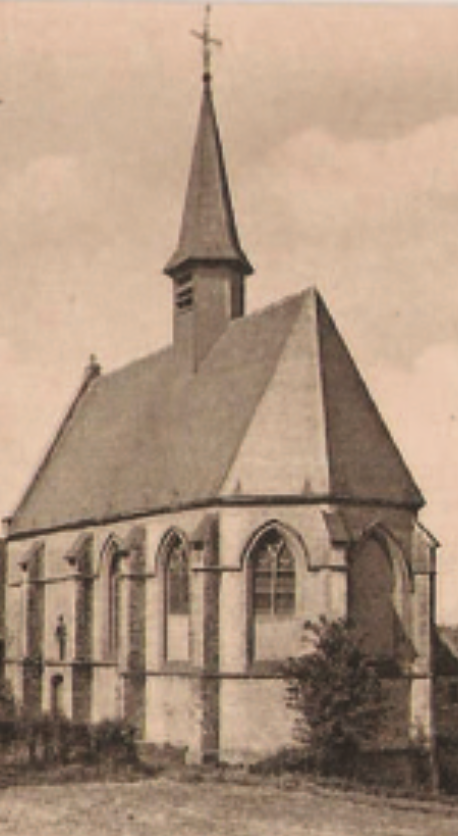
Assumptionists and Marie-la-Misérable (1924–2015)
On December 2, 1925, the Marquis de la Boëssière-Thiennes, owner of the chapel Marie-la-Misérable and the adjoining house, donated them to the Assumptionists, thus allowing the foundation of the new parish in the rapidly developing Kapelleveld neighborhood.
Antoine Verhaegen, the parish priest of the new parish, had already been celebrating Mass there since Christmas 1924. In 1926, he restored the house and enlarged the chapel without altering its exterior appearance, which was protected by its classified status. The chapel served as the parish church until the completion of the church of Notre-Dame de l’Assomption in April 1927. From 1927 to 1936, the house housed the two Assumptionist priests serving the parish.
Starting in 1949, the house housed an expanded Assumptionist community whose members carried out various apostolates: press, education, pilgrimages, parish ministry, and more.
In 1966, the chapel underwent restoration following damage caused by a severe storm. During this work, remnants of 14th-century frescoes were discovered.
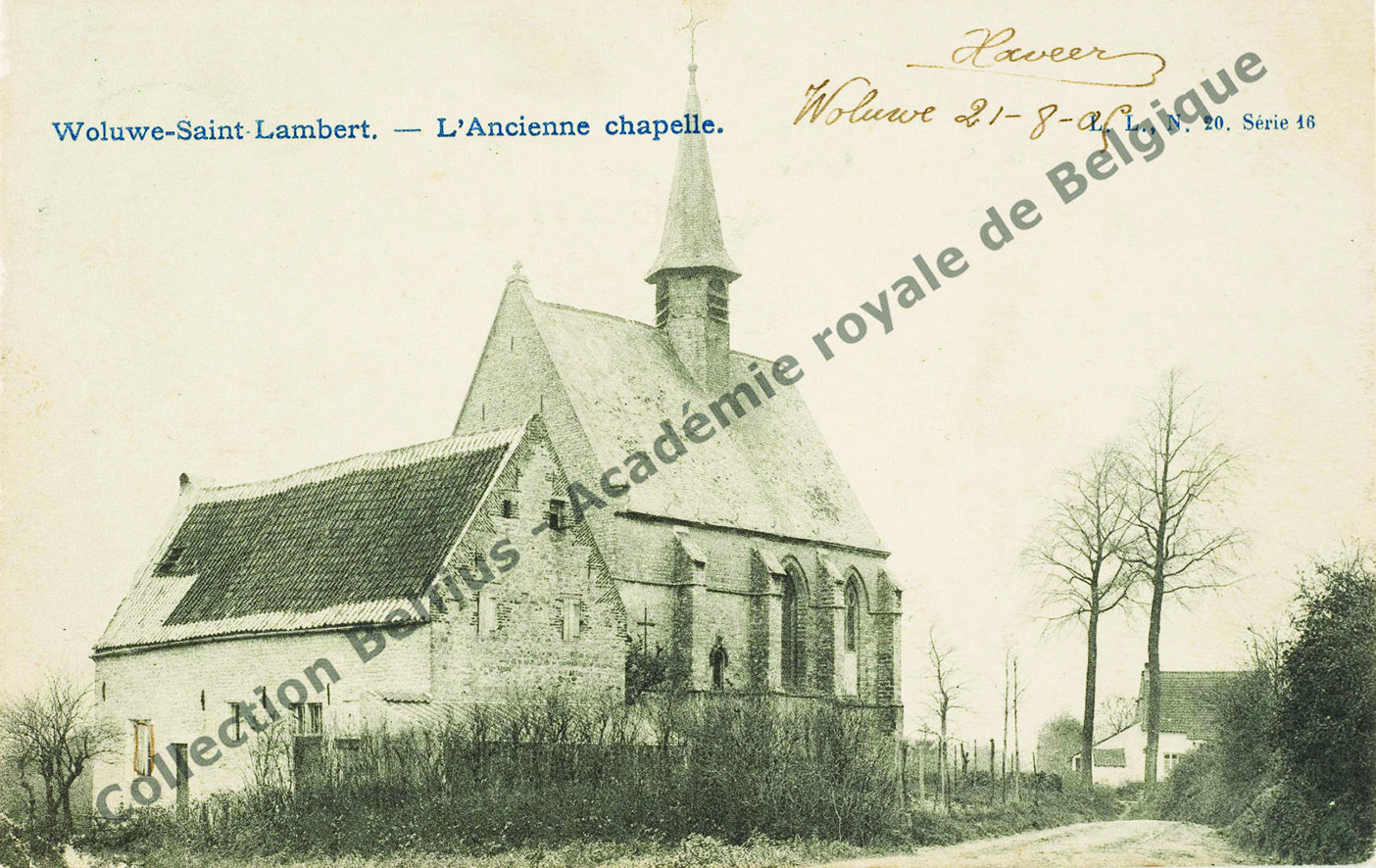
At the time of the split of the Assumptionist province of Belgium in June 1963, the provincial house for Belgium-North was established in the premises of Marie-la-Misérable. It remained there until 1978. The religious community took responsibility for the bilingual pastoral care of the parish Notre-Dame de l’Assomption until 1974. At that time, the French-speaking and Dutch-speaking pastorates in the Brussels region were separated. At Notre-Dame de l’Assomption, the former was entrusted to a diocesan priest while the latter was managed by Assumptionists until 1979. The activities of the Woluwe community then became independent from the parish. The last two Flemish religious left Woluwe in 2015.
The Assumptionists and the Church of Sainte-Marie-Madeleine
When the Assumptionists arrived in Brussels, the ecclesiastical authorities allowed them to resume worship in the Church of Sainte-Marie-Madeleine, which in 1905 had been abandoned by the Redemptorist religious who had served there since 1841. Due to the already planned railway junction between Brussels’ North and South stations, the church had been purchased by the Office de la Jonction with a view to its future demolition. World War I delayed the project, while the church and the adjacent convent were occupied by nuns. The arrival of the Assumptionists was providential, allowing worship to resume. Soon after, they also left the annexed convent and established their residence in a house on rue Duquesnoy, 200 meters away. The religious who lived there were active not only in serving the church but also in many other works: press, pilgrimages, religious bookstore, patronage of various trades and confraternities, etc.
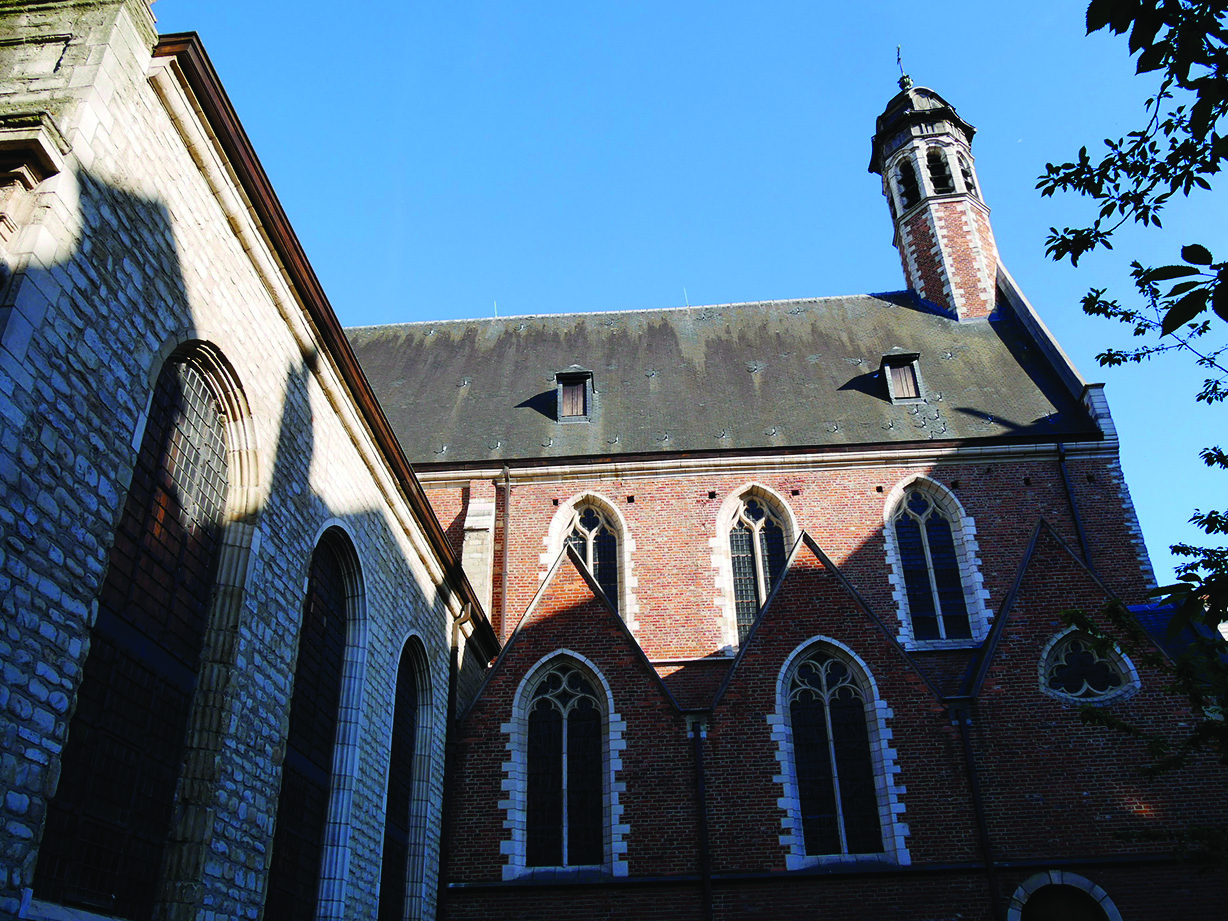
Shortly before 1940, the religious installed the devotion to Saint Rita in the church, a nun from the same Augustinian family as themselves. Then came the war of 1940–45. It was during this time that a heritage protection decree was issued: the church could no longer be demolished. Religious services were able to continue and still do today, although activities have significantly diminished. The services were suspended for a little over a year during the complete restoration of the building in 1957–1958.
